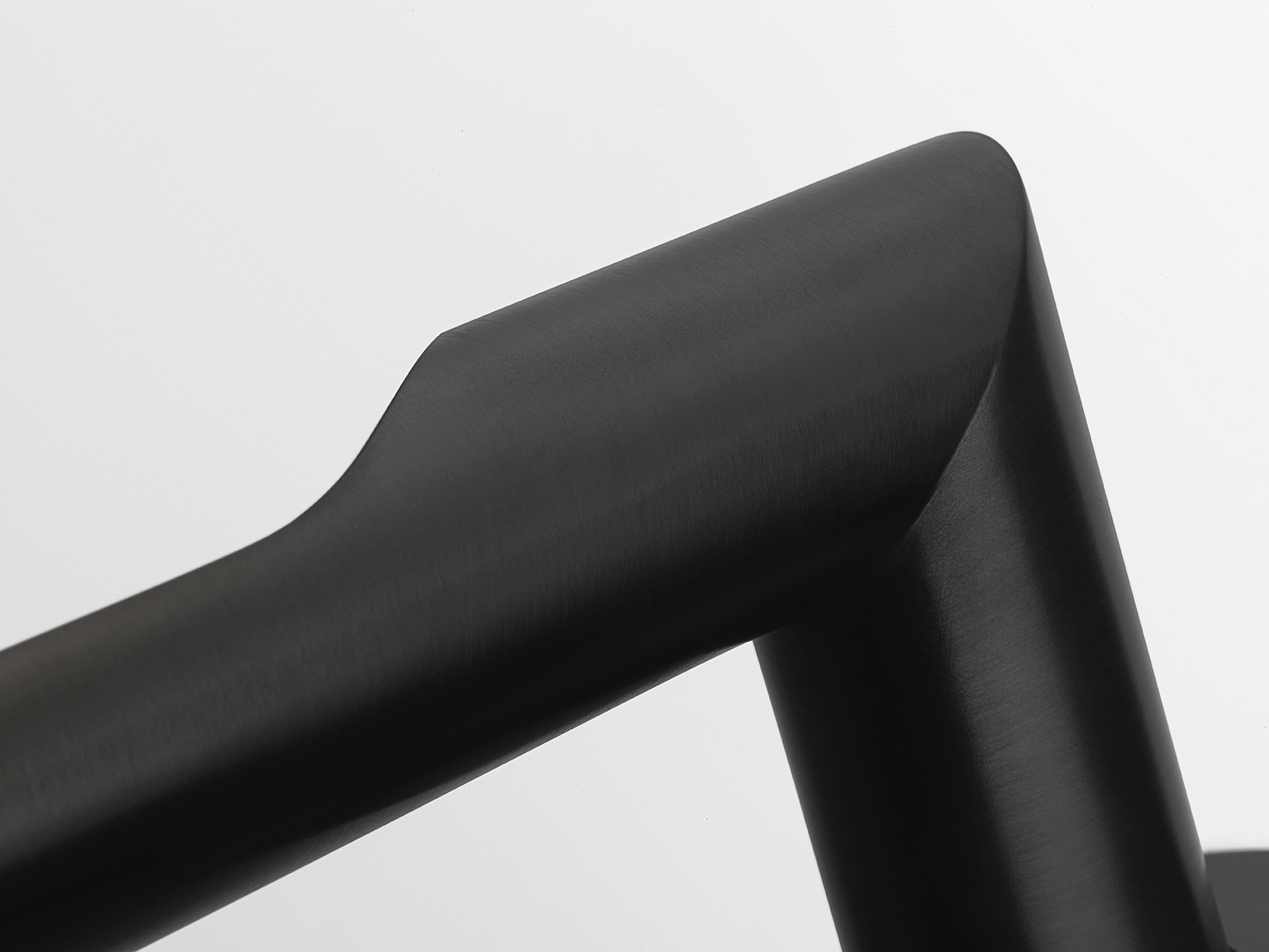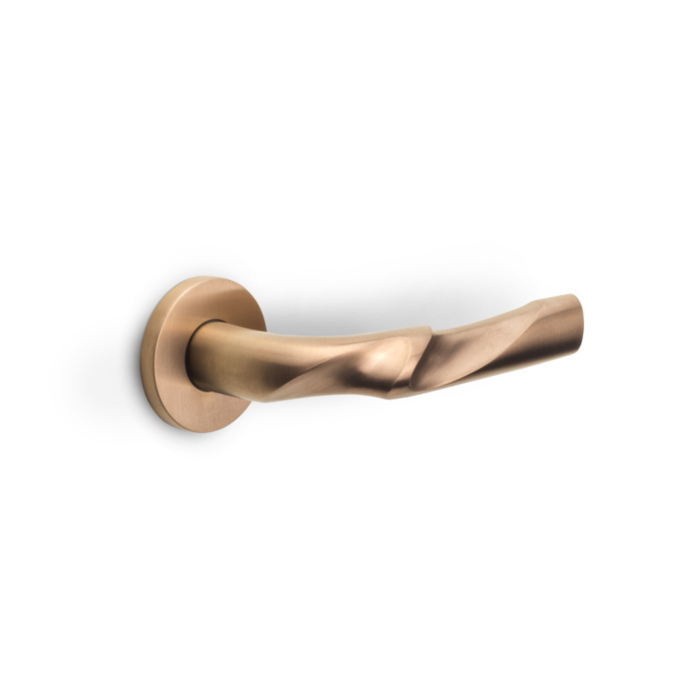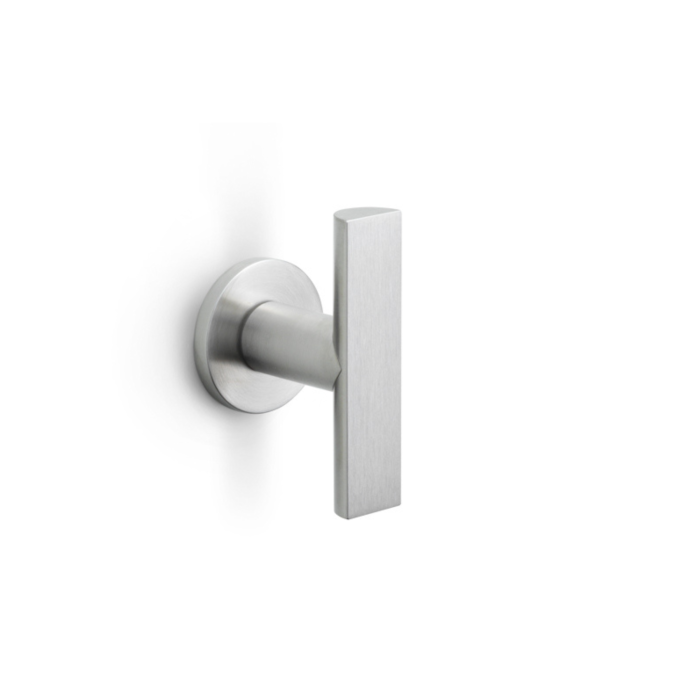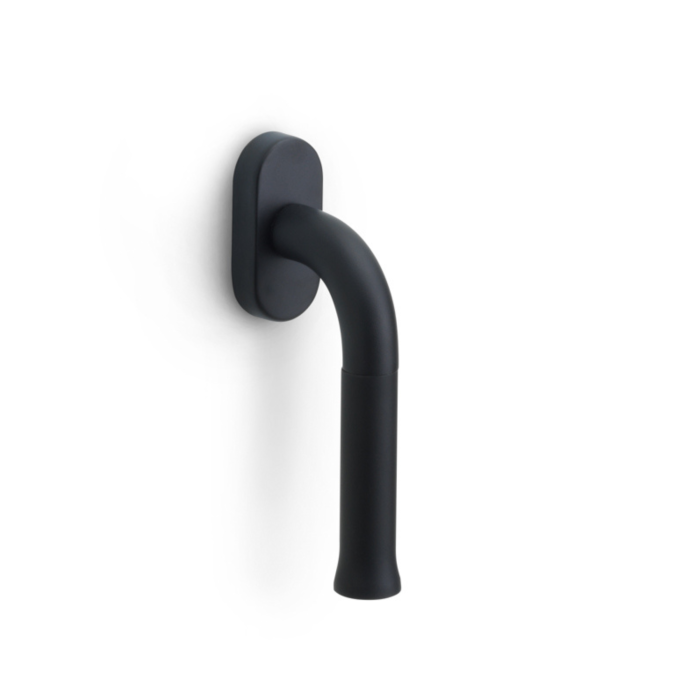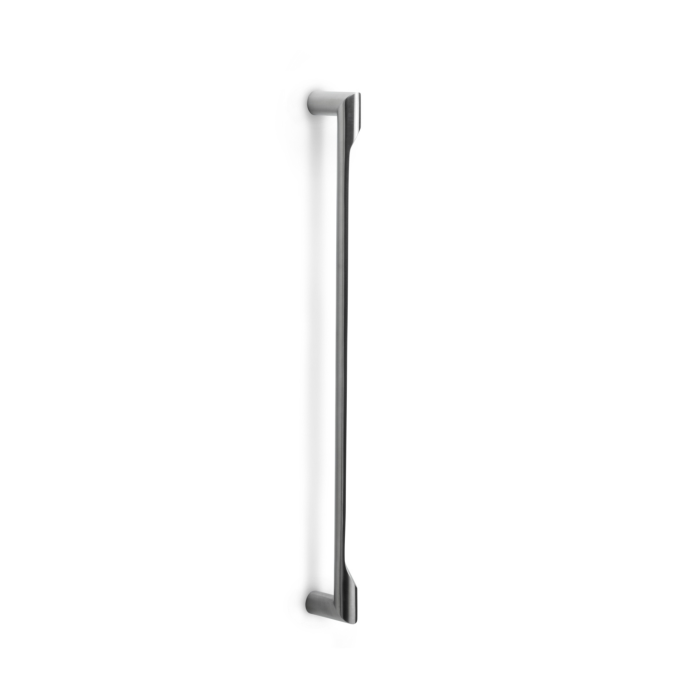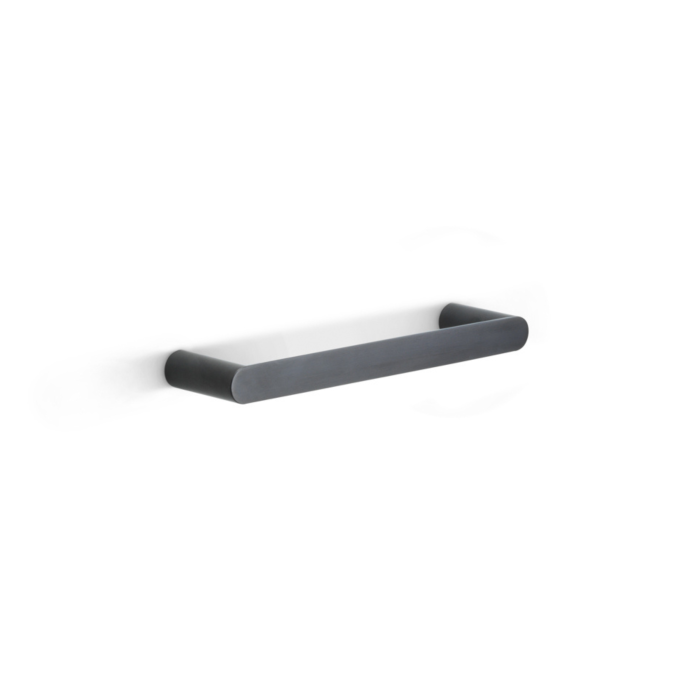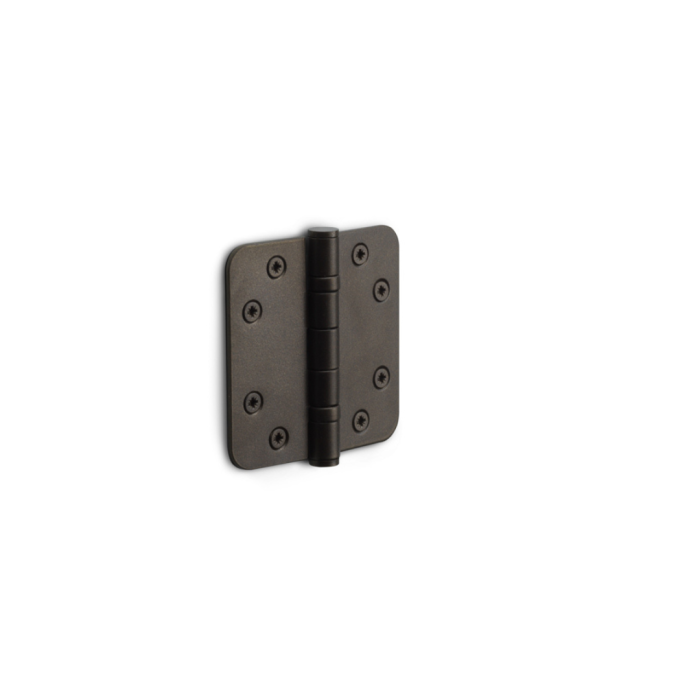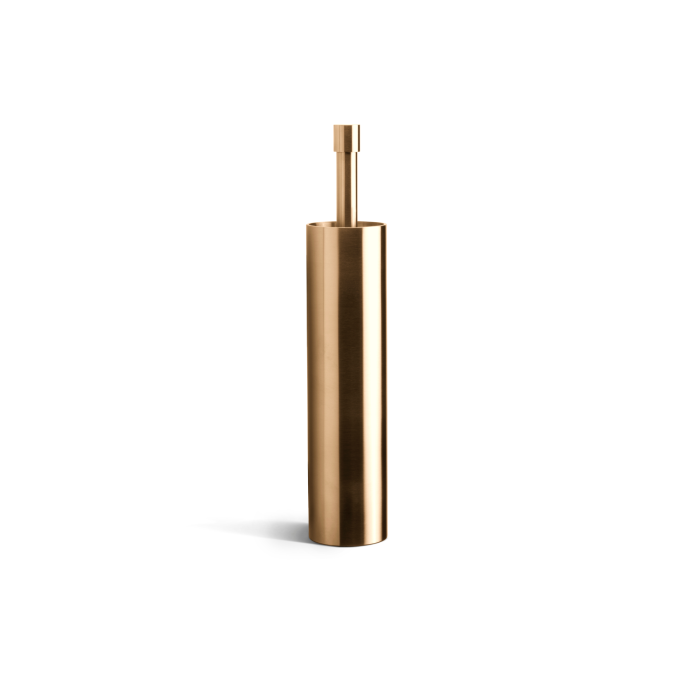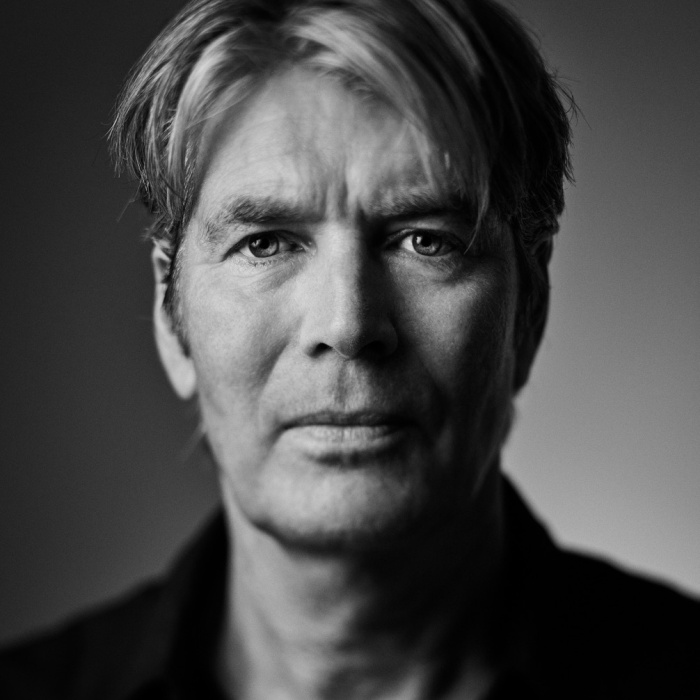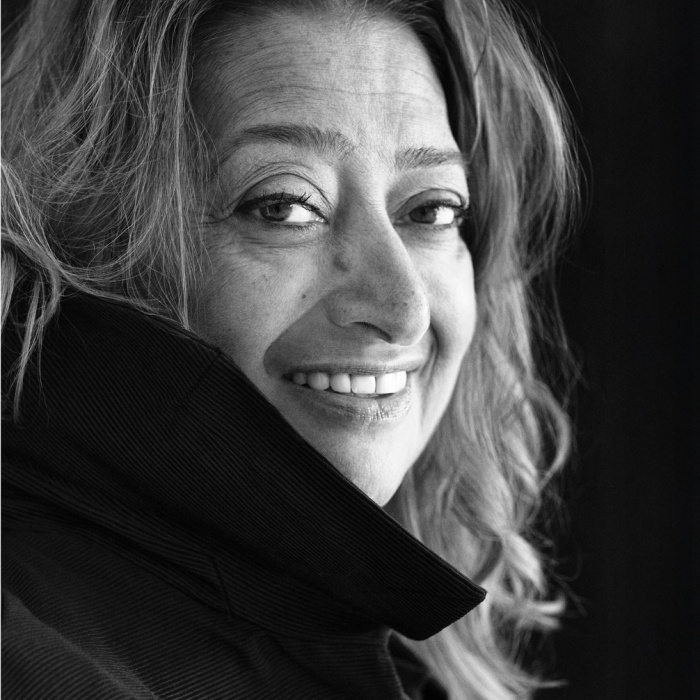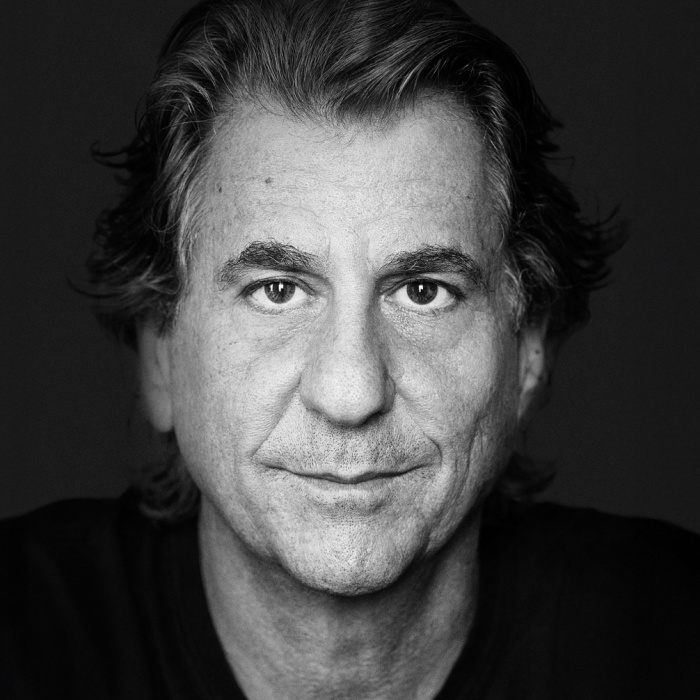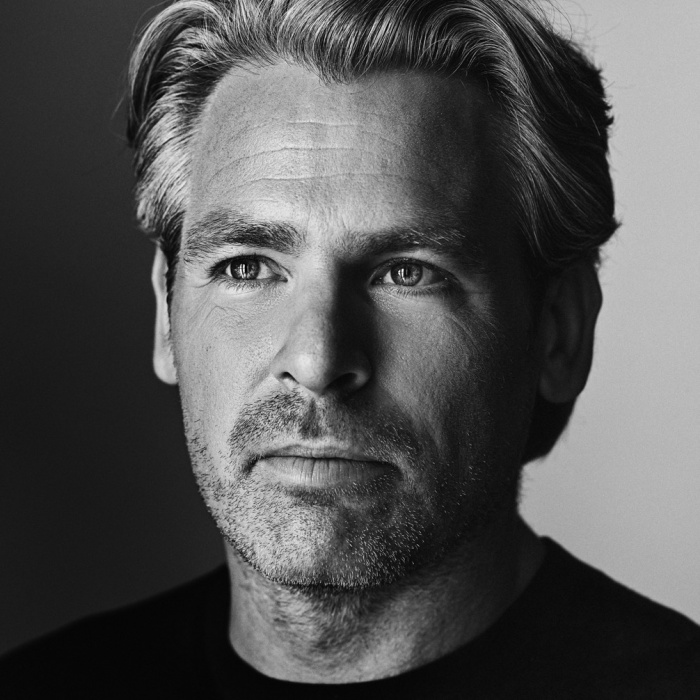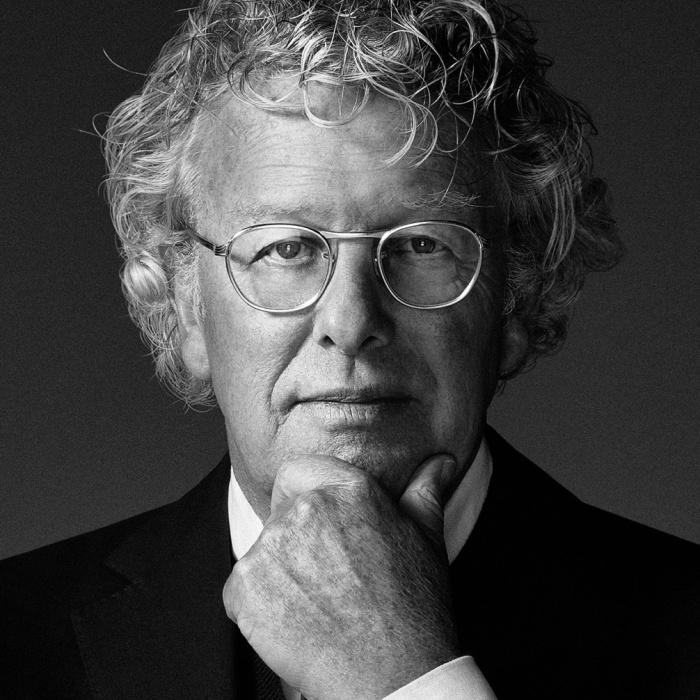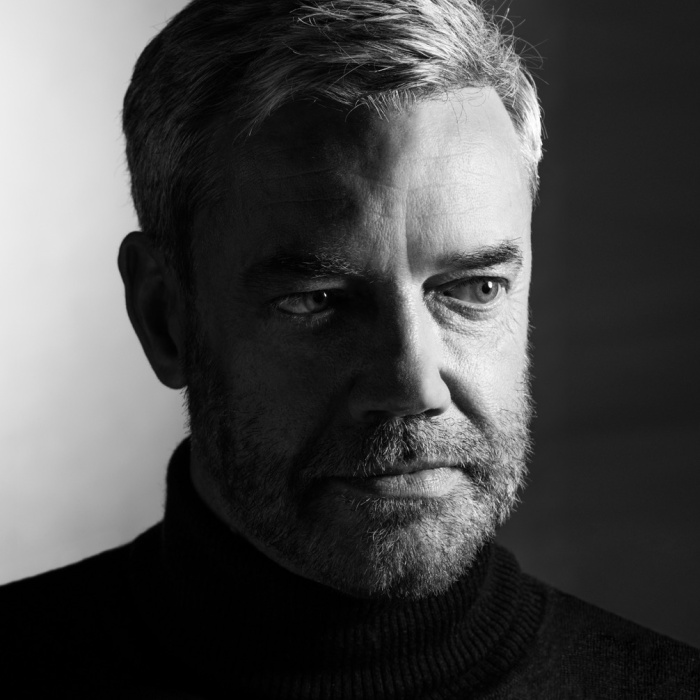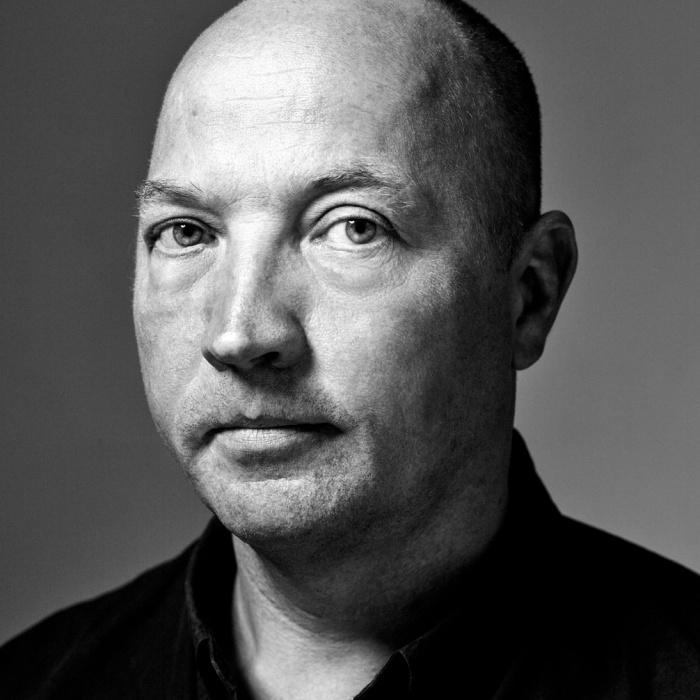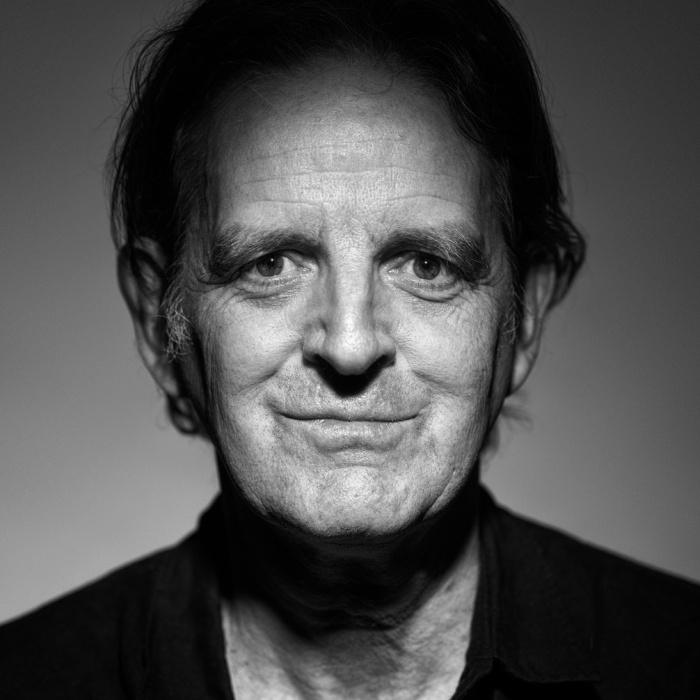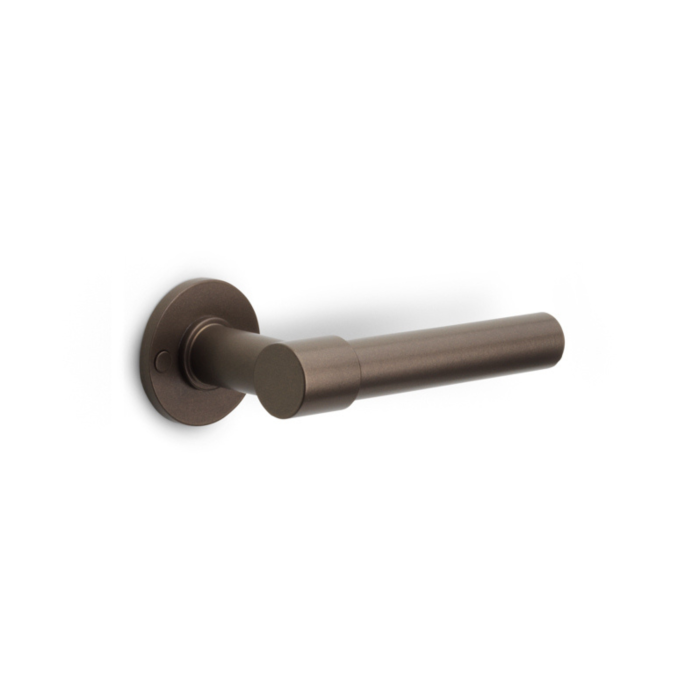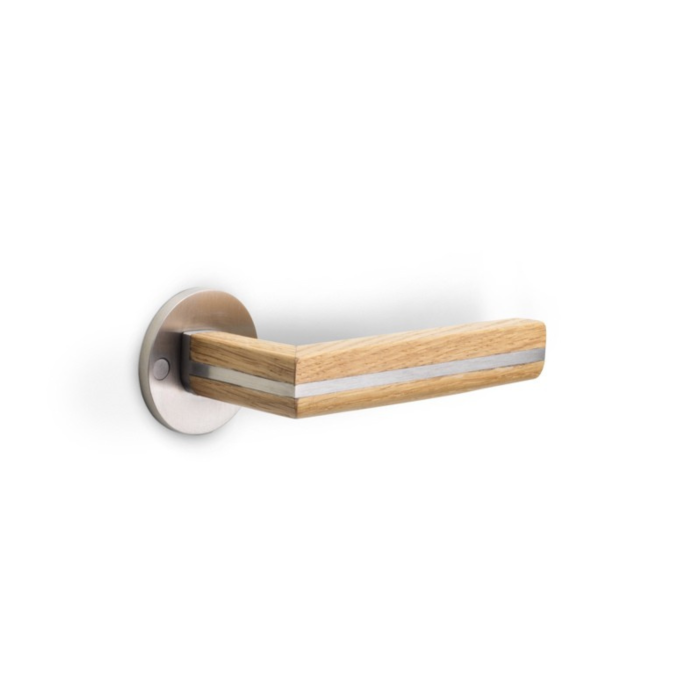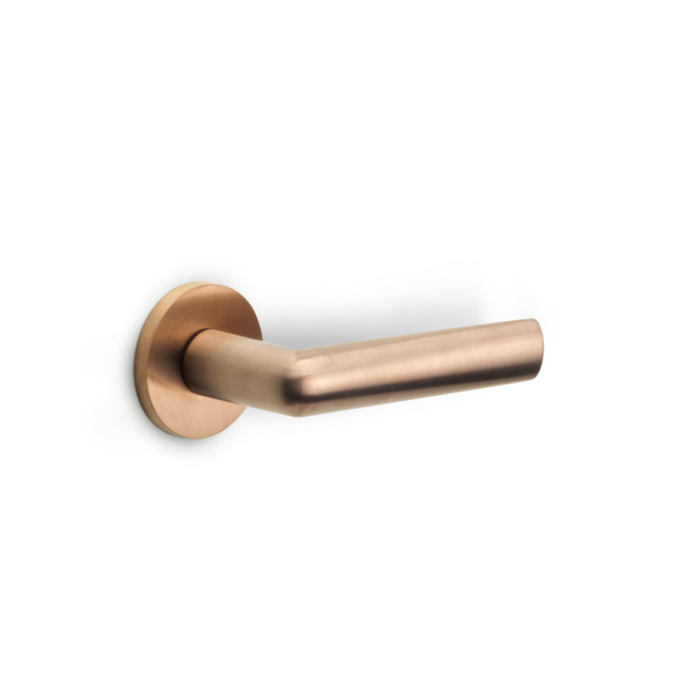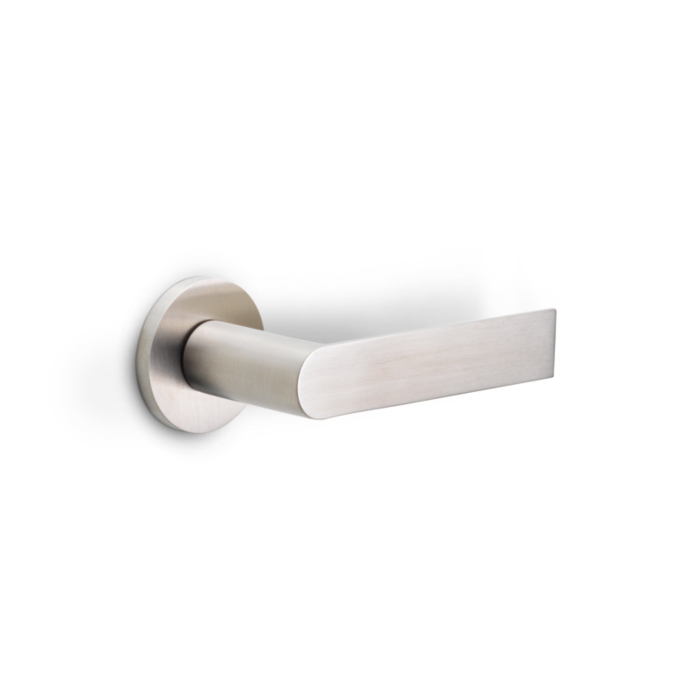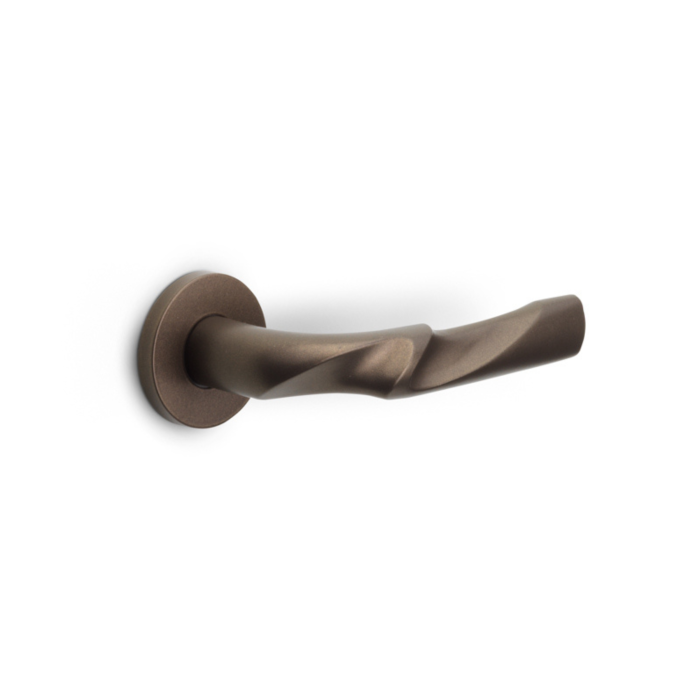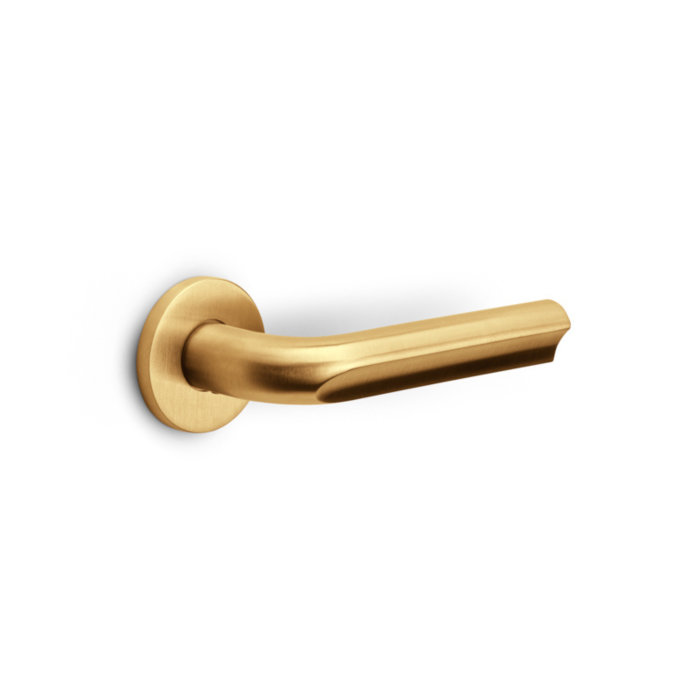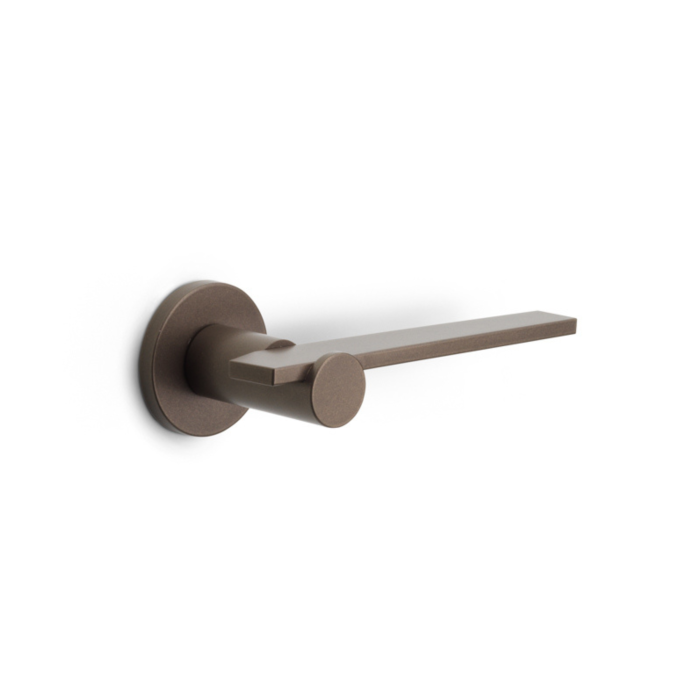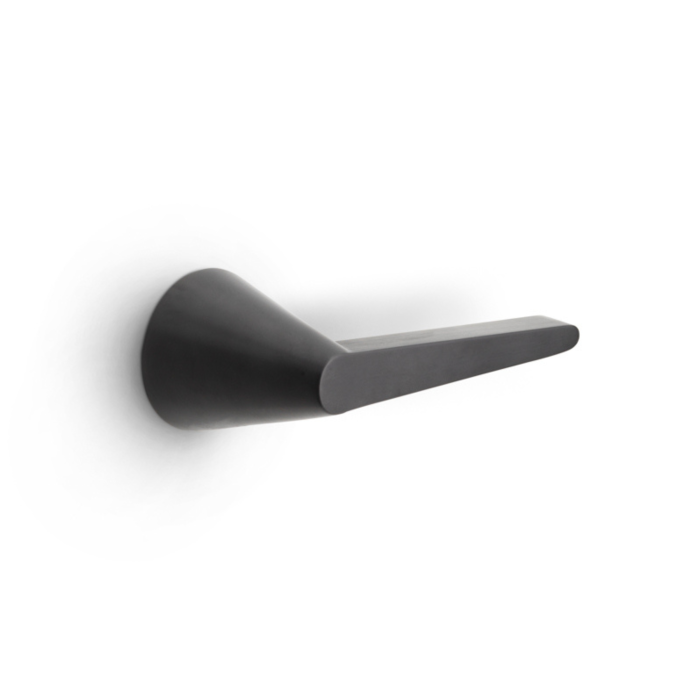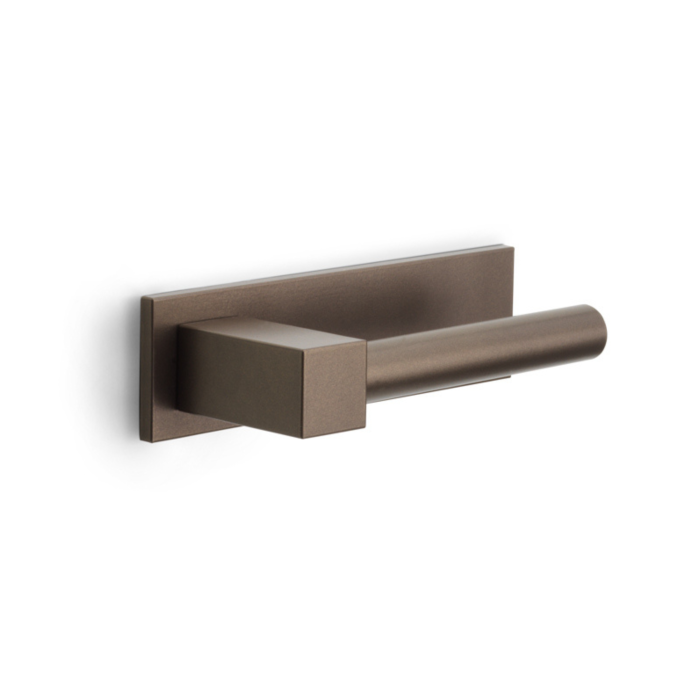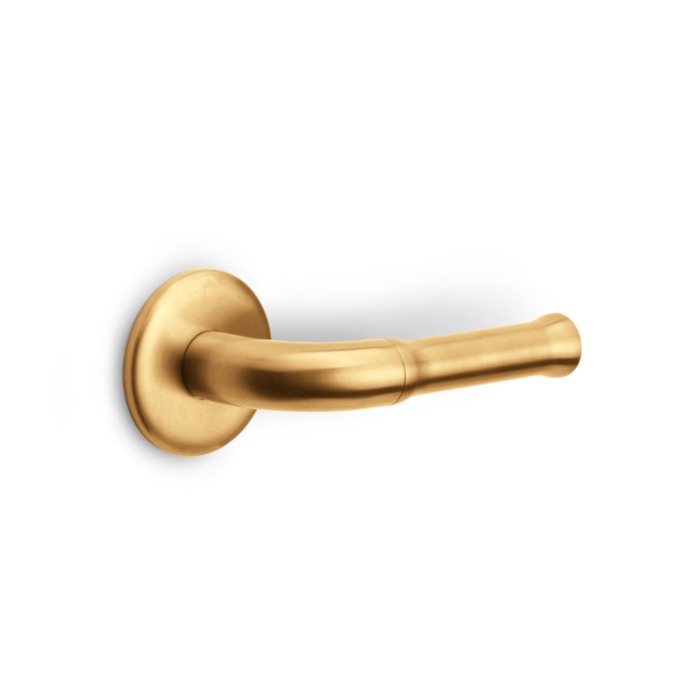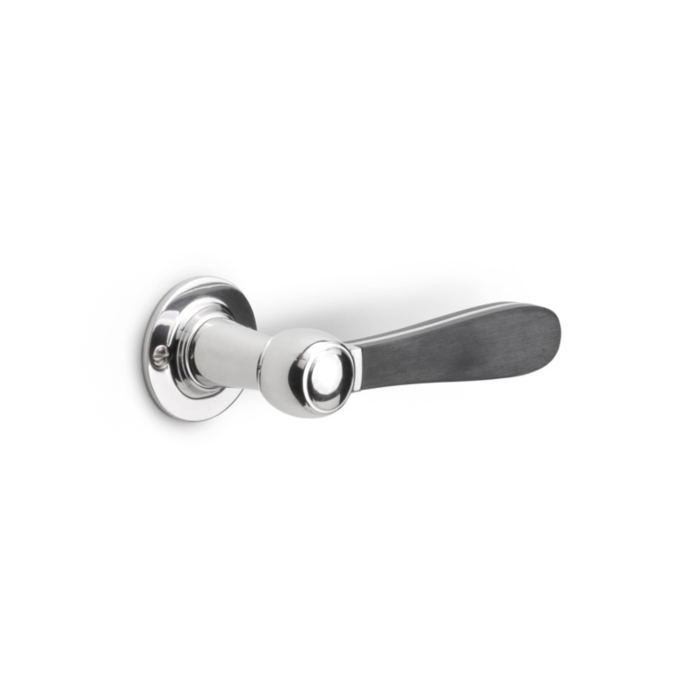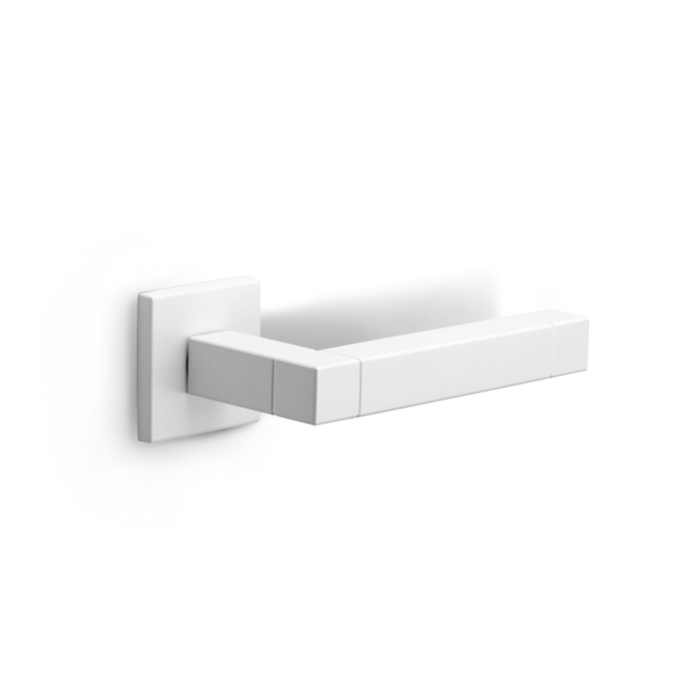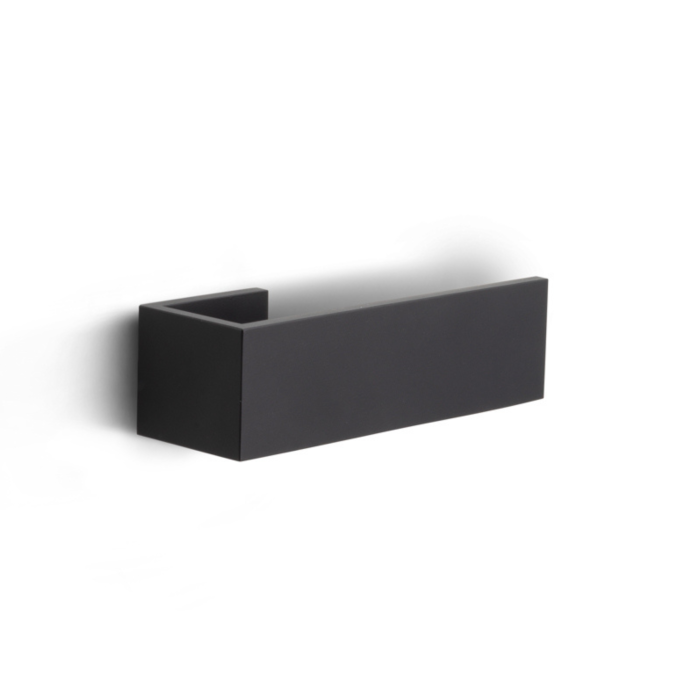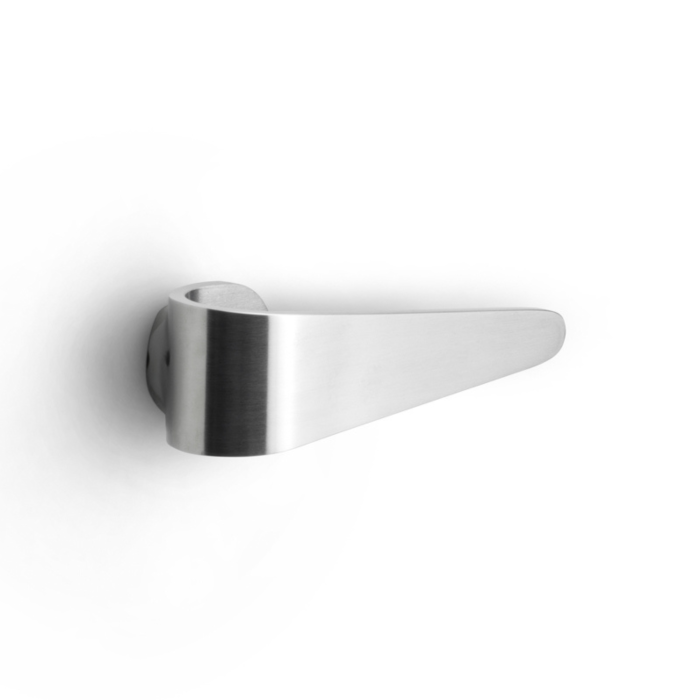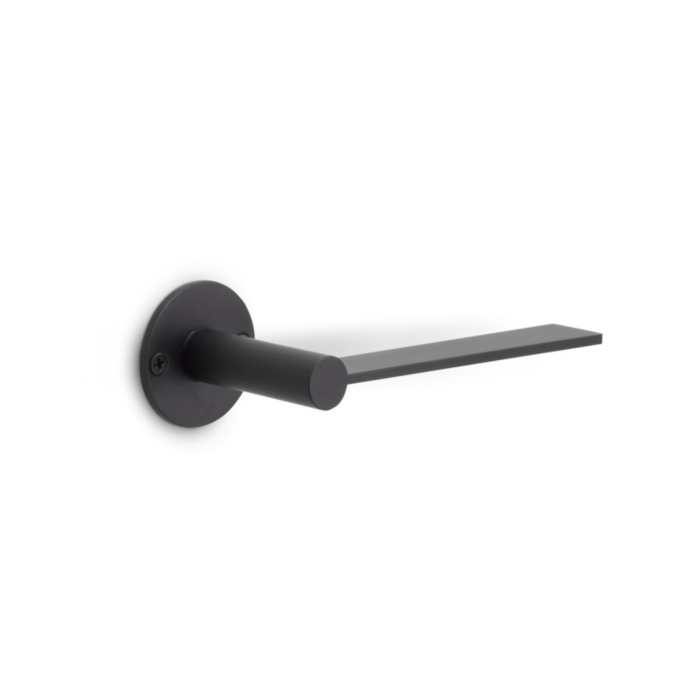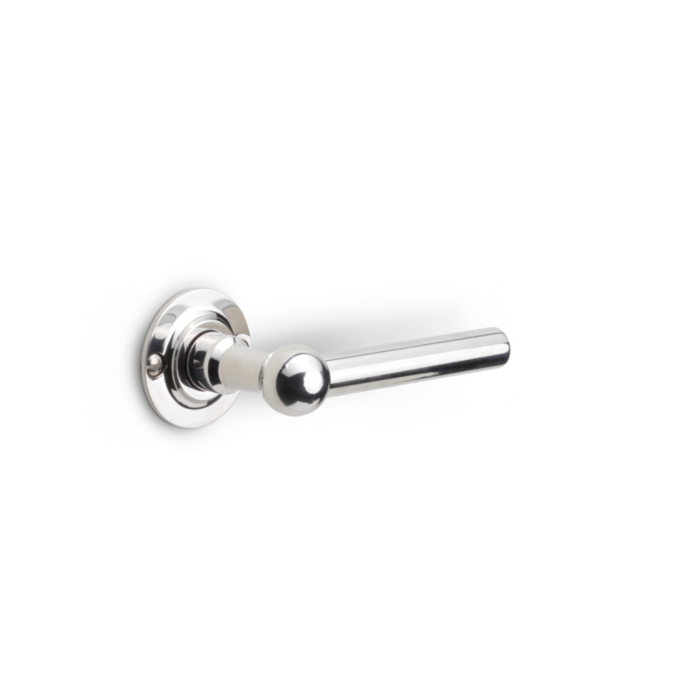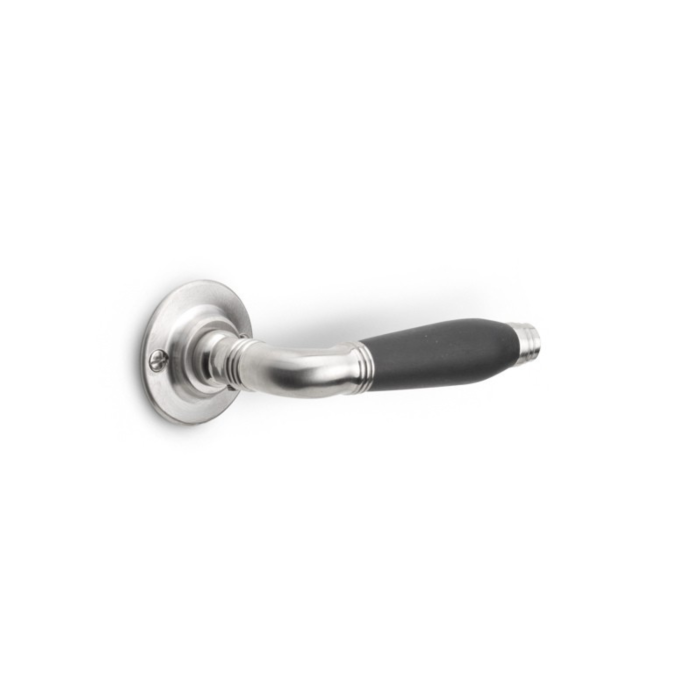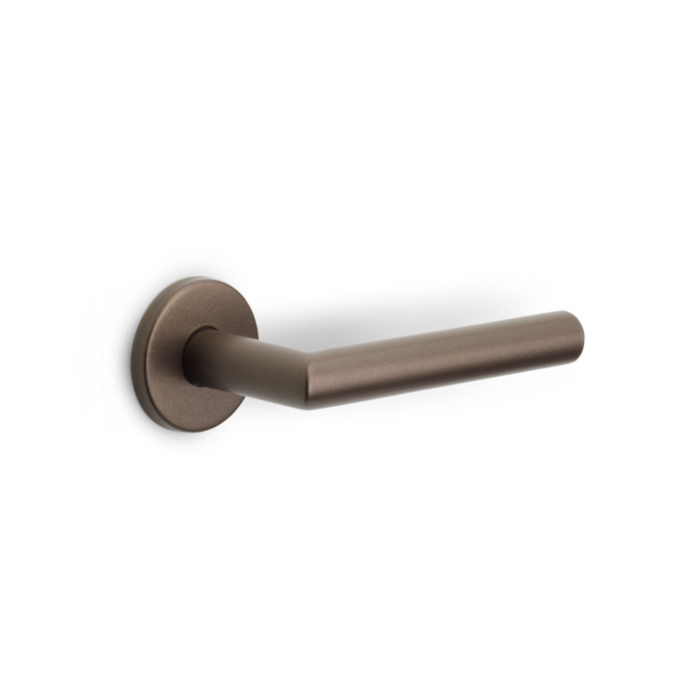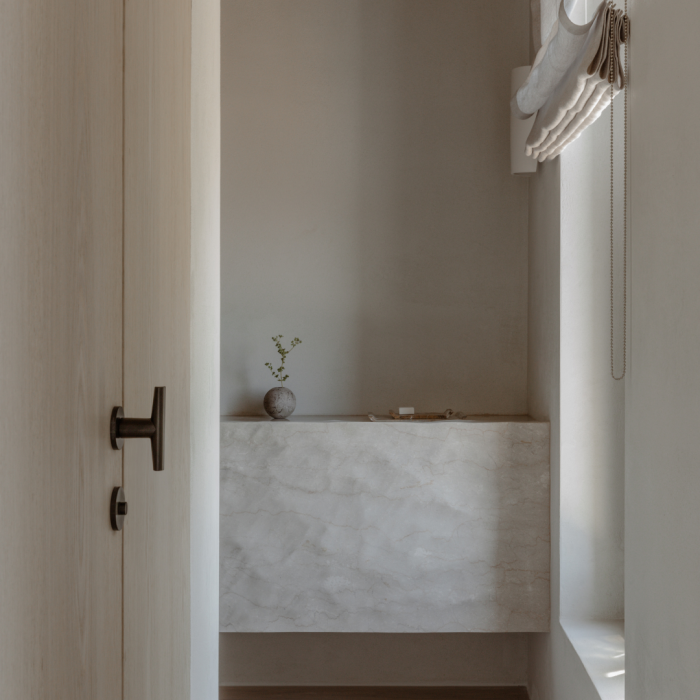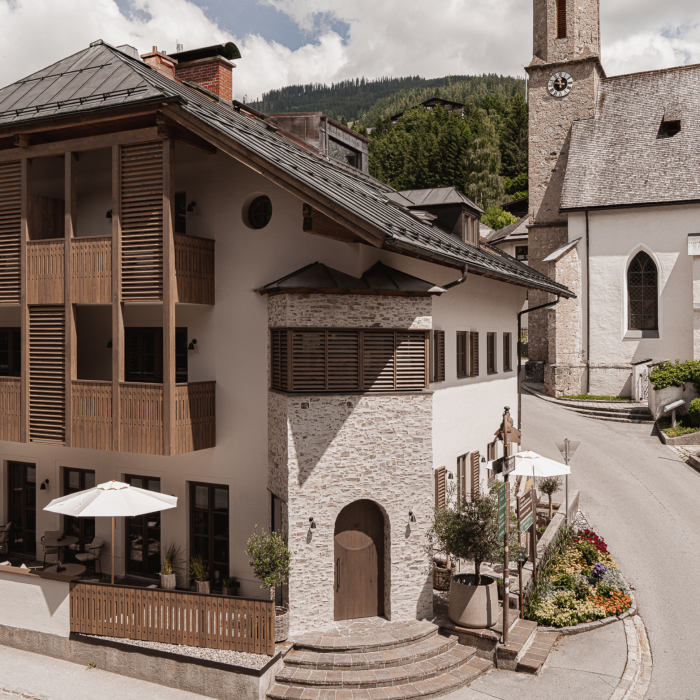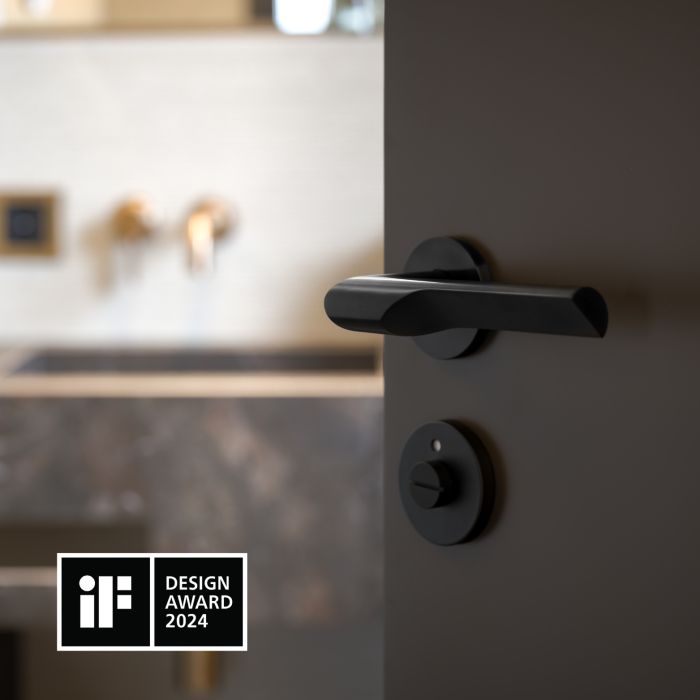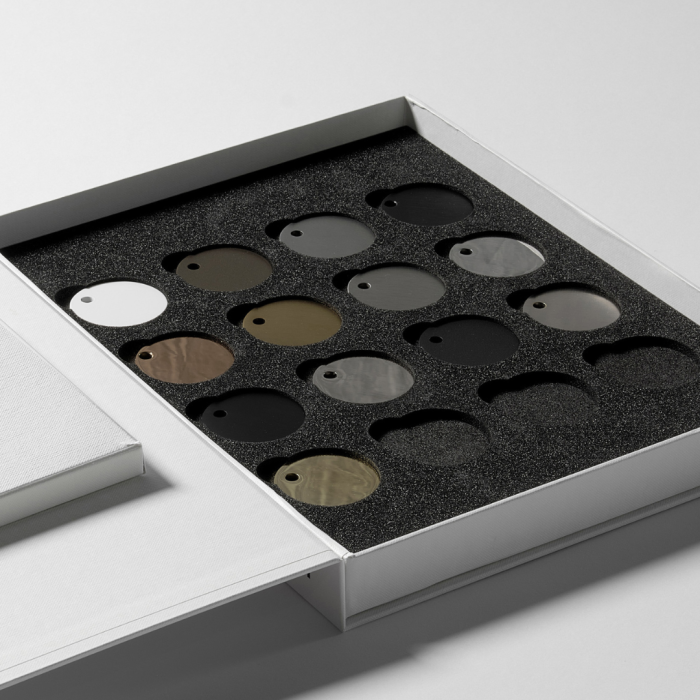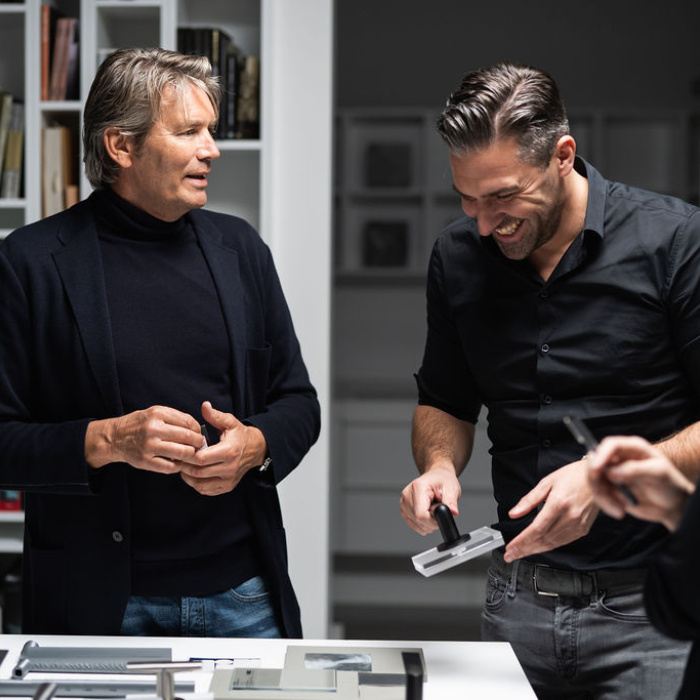The art of shape in interior design and door handles
Form as a foundation for refined interior architecture
Form is defining. In interior design, it plays a central role in how spaces are structured, experienced and understood. From architectural gestures to the subtle lines of a door handle — form determines the atmosphere, the balance, and the rhythm of a space.

Form creates both structure and ambience
In high-end interiors, nothing is left to chance. Every line, radius or edge contributes to the spatial experience. Geometric forms bring structure and clarity. They organise, guide, and offer visual calm. Organic shapes, in contrast, soften, connect, and add an intuitive logic to a space.
In contemporary interior design, the interplay between these two form languages is key. Straight lines and architectural precision offer a sense of order and restraint, while soft curves introduce warmth and movement. It’s in this contrast — between geometry and fluidity — that modern interiors find balance, character and refinement. And it is often the details that either strengthen or disrupt that harmony.

Detail as an extension of space
In interior architecture, the strength often lies in the relationship between grand gestures and small forms. When lines, curves and transitions are in tune with each other, a sense of cohesion emerges within the space. Not just in the architectural shell, but especially in the details — custom furniture, wall finishes, and material junctions — the language of form comes to life. It’s these refined shapes — the radius of an edge, the contour of a handle, the curve of a niche — that bring rhythm and depth to a design.
Door handles are no exception. They form a tactile part of the spatial composition and ideally follow the same formal logic as the rest of the interior. A rounded handle may echo the soft edge of a cabinet front, while a clean, angular model might reflect the linearity of custom joinery.
Form language as signature
Every FORMANI collection begins with a form — a geometric principle, a movement, or a spatial gesture. Form is never an afterthought, but the foundation upon which each design is built. A subtle incline, a sectional cut, the tension between line and curve: the language of form informs both aesthetics and interaction.
The INC collection by Piet Boon originates from a cylindrical volume that is flattened and tapered at the end. This creates the characteristic inclination — a flowing slope that offers both elegant grip and a dynamic profile.
The ECLIPSE collection by David Rockwell is based on the idea of an elliptical intersection. By cutting a cylinder at a precise angle, an asymmetrical form emerges — visually calm, yet inherently full of spatial tension.
In other collections too — from the understated geometry of ONE to the classical proportions of TIMELESS — form is always the starting point. Every curve, plane or transition is deliberately chosen to support the architectural context in which the hardware is applied.
Curious how a simple shape study evolves into a technically refined product?
Discover more in our blog From Shape Study to Prototype.


Designing with intention
Form is never an isolated element. It’s the result of vision, design choices and technical precision. In every FORMANI design, aesthetics and functionality go hand in hand. The perfect radius, the right line, a deliberate disruption of symmetry — they don’t happen by chance, but through intensive form studies, prototypes, and advanced production techniques.
At FORMANI, design and craftsmanship are deeply connected. High-end manufacturing processes such as precision welding, CNC milling and PVD finishing ensure that each form is not only correct in theory, but flawless in execution. It’s how abstract ideas become tangible.
For architects and interior designers, it means making form-driven choices with intention. From the architectural layout of a space to the physical contact point of a door handle — every detail contributes to the experience.
Each shape tells its own story — but that story only becomes real once the object is in your hand. Through our sample programme, we offer that experience, allowing you to choose with confidence what fits your spatial concept.


